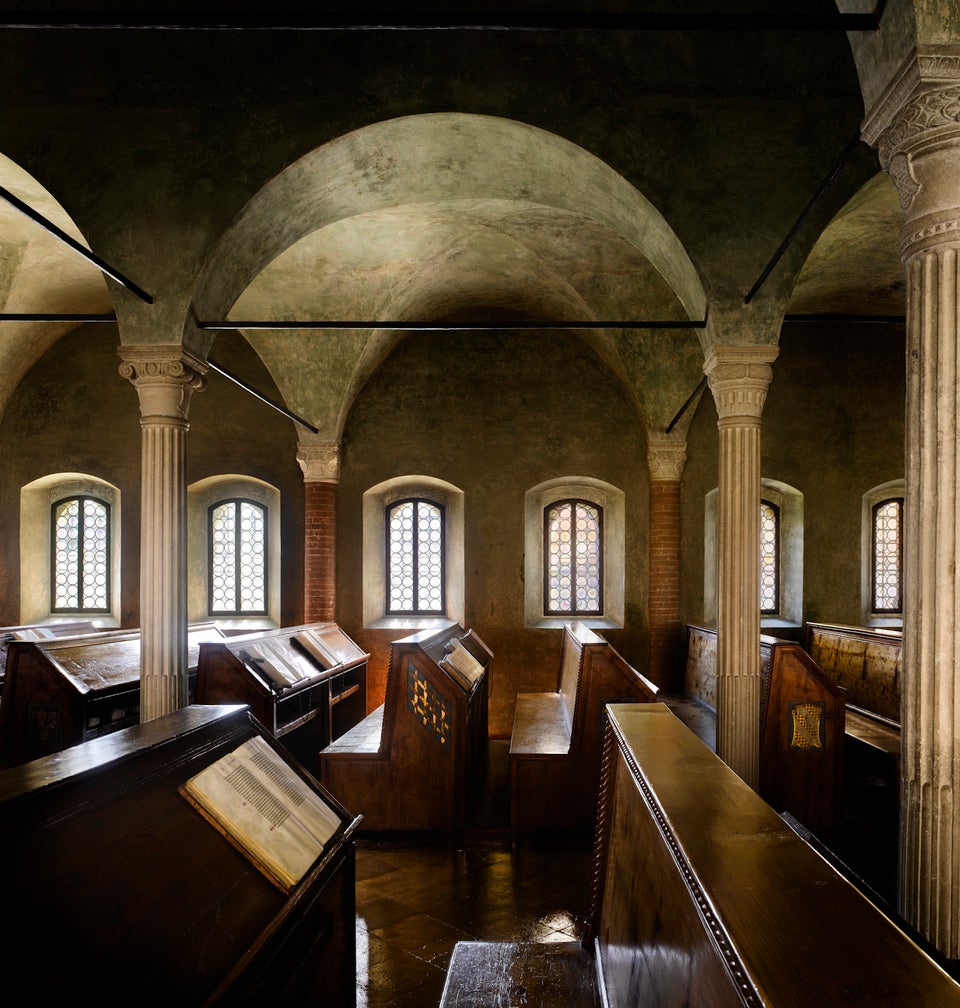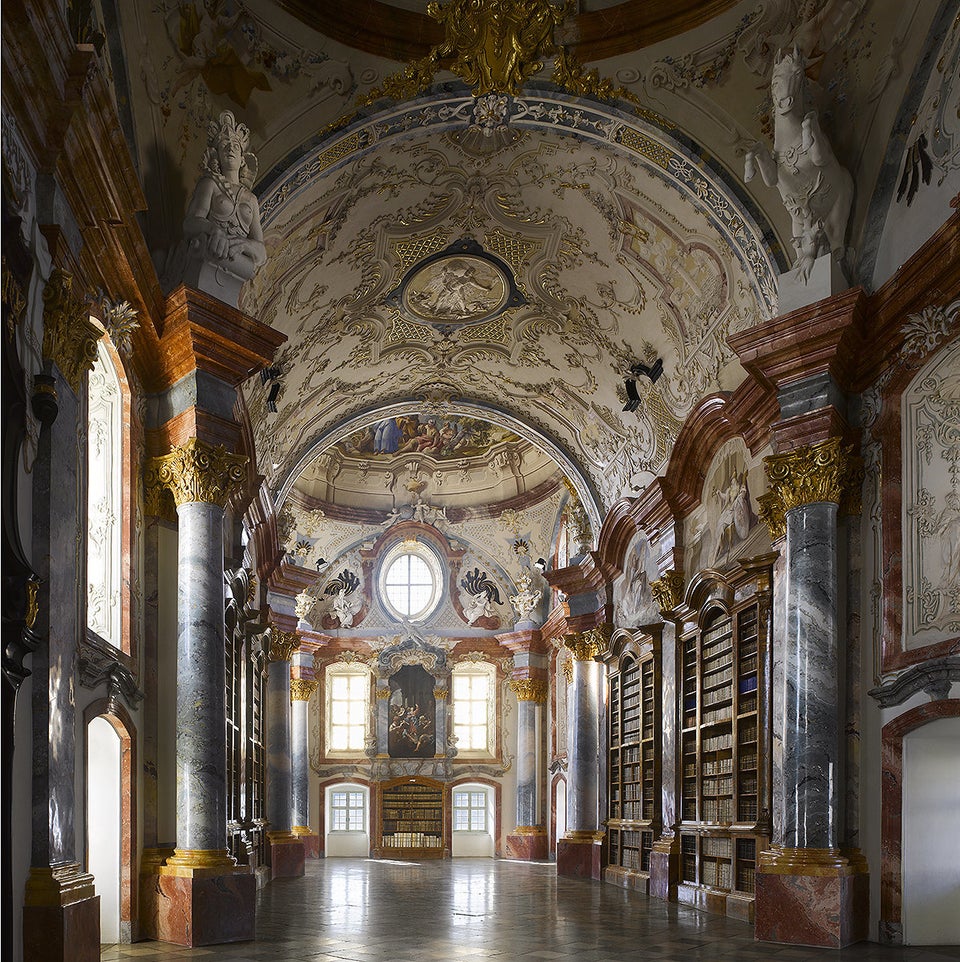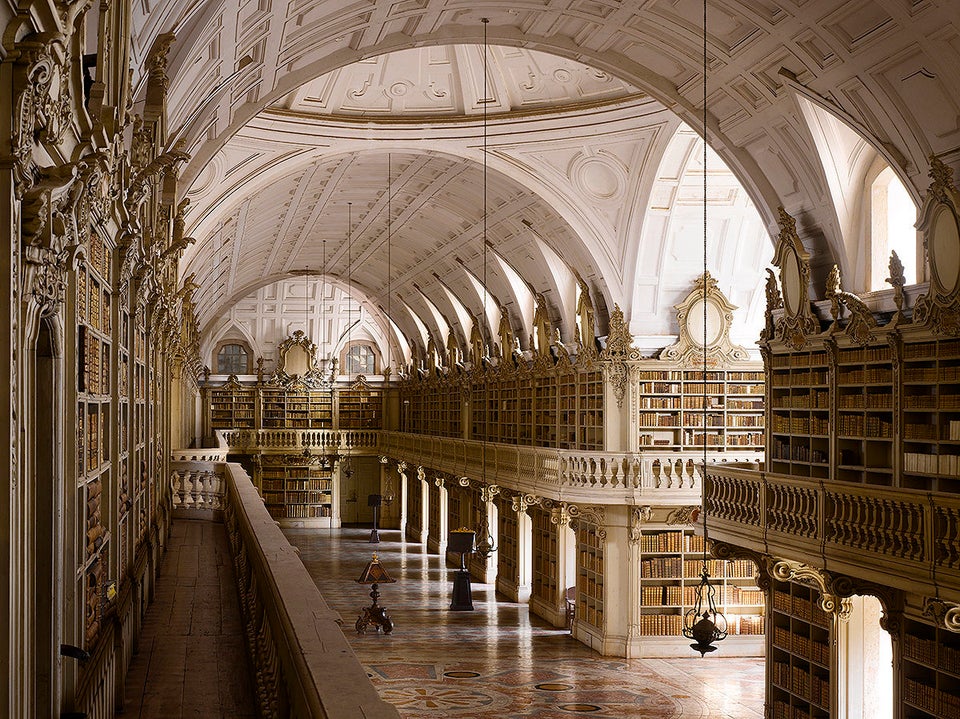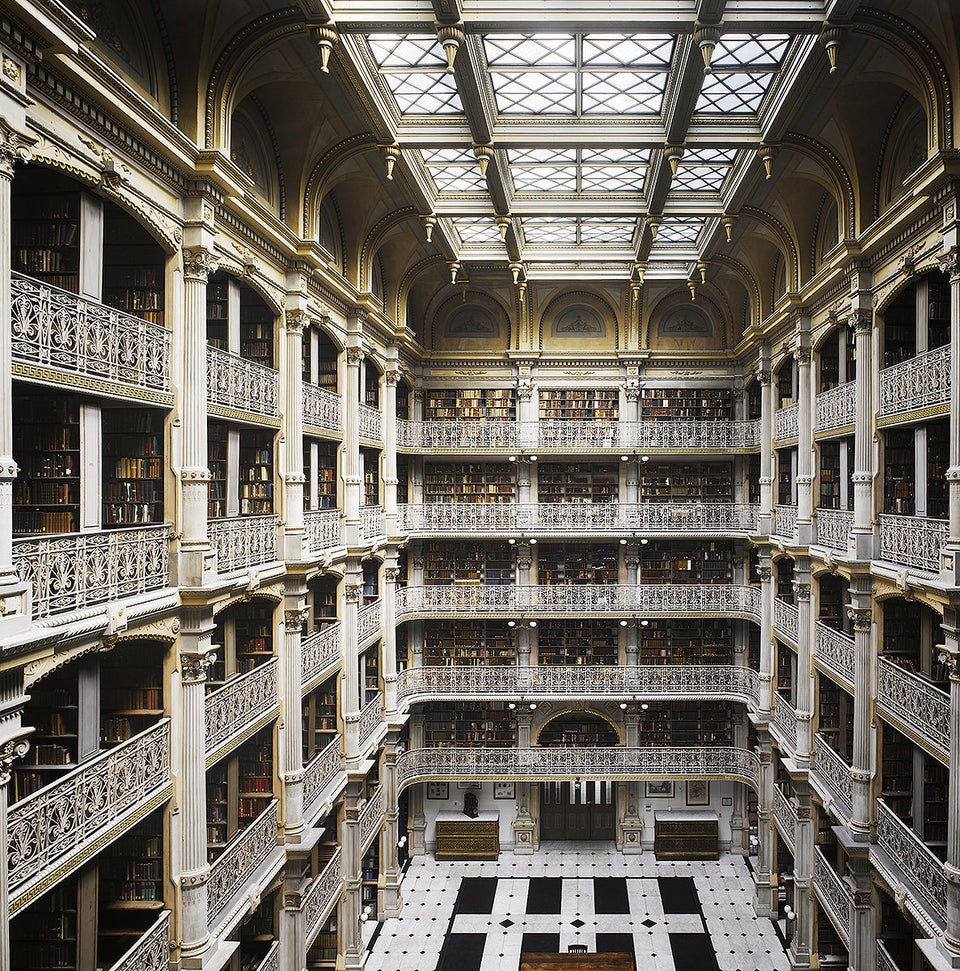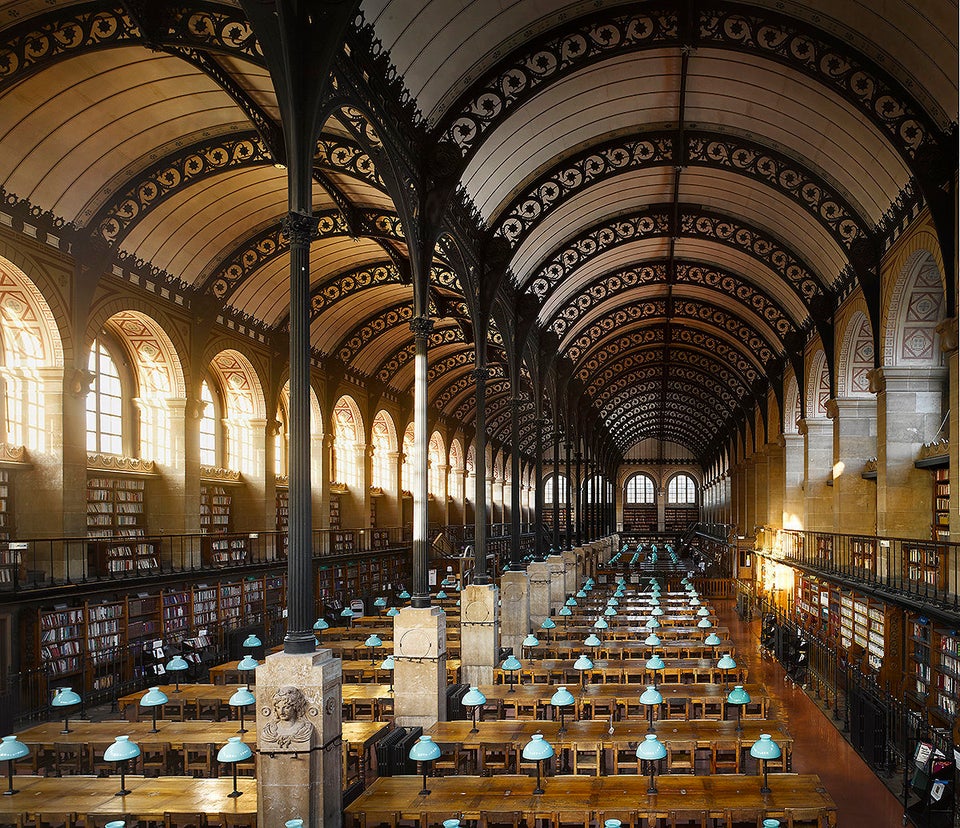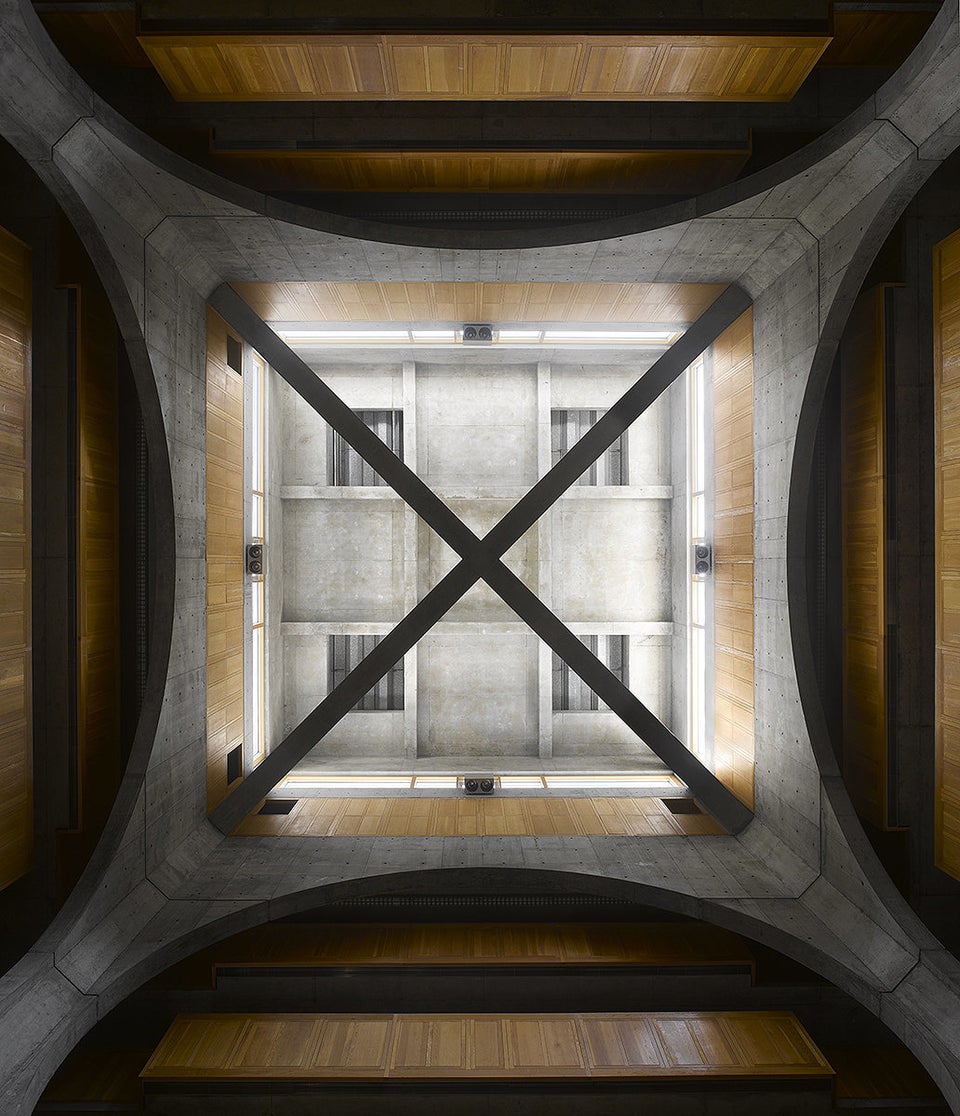
Literary agencies run the gamut in terms of size: from a single, independent agent all the way up to a giant firm with hundreds of employees. If you’re a writer with a finished book who’s ready to begin querying literary agencies, you may be wondering—does size matter? Should you start by querying the smaller boutique agencies or focus first on the big, well-known literary agencies?
There are positives and negatives associated with either choice, so be sure to weigh all the possible benefits and shortcomings against your own expectations before making your final decision.
Think Small: Boutique Literary Agencies. Boutique agencies often offer more personalized agent-to-author relationships. In a smaller boutique agency, the agent may represent fewer clients and can, therefore, give more attention to you and your work. If the agent cannot easily find a publisher for your book, he or she may continue to work with you because of the rapport that’s developed between you.
Also, many boutique literary agencies are able to provide most of the services a larger agency would provide, including subsidiary rights negotiation and critique of your book.
Of course, there are weaknesses associated with boutique agencies -- the biggest concern for most writers is the agent’s possible lack of connections within the publishing industry. Without a well-established network, an independent or small boutique literary agent may be limited in his or her ability to acquire bigger publishing deals or better contracts. And just because an agency is small, it doesn’t mean that the agent hasn’t overextended and taken on too many clients -- thus eliminating any “one on one” personalized benefits.
Think Big: Large, Established Literary Agencies. As mentioned, a big literary agency will have more networking capabilities. So an agent at a larger agency with a good reputation and well-established connections may be able to facilitate better publication deals and contract perks for the authors he or she represents.
Big agencies also tend to have more amenities available, such as foreign rights departments, speaker’s bureaus, partner agencies in other industries, and lawyers on staff to review contracts.
But when you’re one author in a crowd of many, it’s easy to be overlooked or tossed aside. Your book won’t be handled exclusively by just one person; it will pass through multiple sets of hands. If you’re not a famous author, your work probably won’t be a priority. And if your book isn’t easily categorized or does not turn a profit, you may be dropped as a client altogether.
What’s Just Right: The Bottom Line. There’s no simple “bigger is better” or “smaller is better” answer. There are independent literary agents who can negotiate fantastic book deals, and there are agents in big literary agencies who make only so-so deals.
Whether you’re represented by a small boutique agency or an agent associated with a large literary agency, the most important factor is this: The agent should be excited about your book and about working with you. An agent who’s enthusiastic and invested in your project will be more motivated and therefore more likely to help you achieve your goal of getting published.
Related
Before You Go


